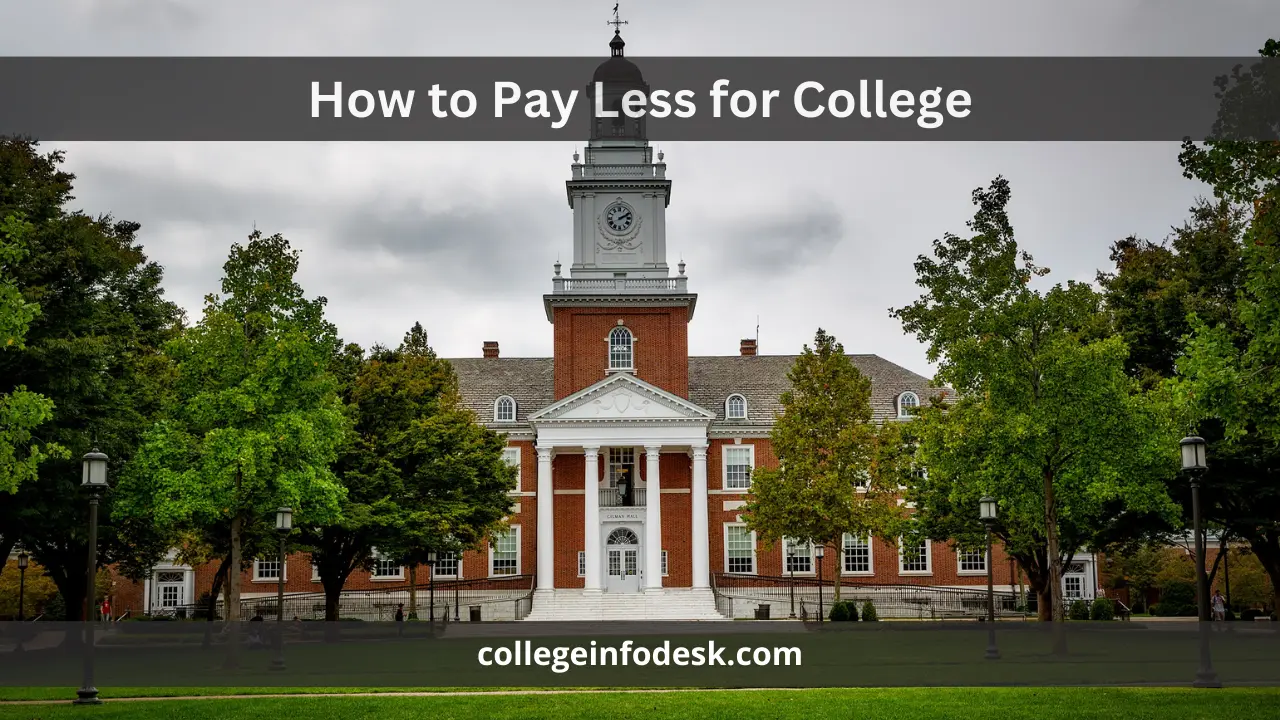For students embarking on the journey to higher education, financial considerations loom large. Whether in stable times or amidst the uncertainties of today’s landscape, the initial glance often falls upon the list price of prospective colleges as families weigh their options. However, what many fail to realize is that the sticker price rarely tells the full story. In the modern higher education marketplace, the list price and the net price—what students actually pay—can often diverge significantly. Understanding this disparity is key to navigating the college selection process effectively and maximizing your options without breaking the bank.
Rethink College Costs: Why You Shouldn’t Trust the Sticker Price
If you approach college shopping like you do when buying a high-ticket item such as a car, you might be selling yourself short. While car dealerships often operate with murky pricing tactics, we usually have a ballpark figure in mind when we step onto the lot. If our budget caps out at $20,000 for a Toyota, we’re not going to seriously consider that $60,000 Lexus, no matter how skilled we are at negotiation. However, when it comes to evaluating college costs, it’s a whole different game.
Consider the case of Beantown Barbara, a bright student from Massachusetts eyeing small, private liberal arts colleges. Despite her stellar academic record, Barbara’s middle-class family balks at the thought of the hefty price tags attached to schools like Reed College, Vassar, and Wellesley. With annual costs surpassing $60,000, these institutions seem out of reach for Barbara, who reluctantly settles on UMass-Amherst with its more affordable in-state cost of $31,000.
What Barbara and her family don’t realize is that Reed, Vassar, and Wellesley offer substantial merit and need-based aid, resulting in average net prices only slightly higher than UMass. Remarkably, for families earning under $75,000 annually—like Barbara’s—the average net price at these private schools is under $22,000, less than half of their sticker prices. While Barbara might not have been offered exactly that amount, it’s worth noting that it could have been even lower. The bottom line: it’s worth applying to these schools to uncover the true financial picture.
At Collegeinfodesk, we’re dedicated to shedding light on this crucial aspect of college affordability. In this blog, we’ll delve into why the list price alone is an inadequate measure of a college’s true cost, the transformative impact of completing a FAFSA (Free Application for Federal Student Aid), even for middle-class families, and the importance of including financial safety schools in your college search strategy. Together, these insights will reshape your understanding of college expenses, revealing opportunities for substantial savings that may have previously gone unnoticed.
Also read What is Need-Based Financial Aid for College?
Why You Can’t Rely on the List Price Alone
In the complex landscape of higher education financing, the list price of a college serves as just one piece of the puzzle. While it may appear daunting at first glance, it’s essential to recognize that this figure often does not reflect what the average student actually pays. Factors such as scholarships, grants, and institutional aid can significantly reduce the final cost, making a seemingly expensive school more financially feasible than initially assumed. By looking beyond the list price and exploring the various avenues for financial assistance, students and families can uncover hidden opportunities to afford a quality education.
Unlocking Savings Through the FAFSA
The FAFSA is a powerful tool that can yield welcome surprises for families across the socioeconomic spectrum. Contrary to popular belief, its benefits extend far beyond low-income households, offering valuable aid to middle-class families as well. By completing the FAFSA, students become eligible for a range of federal and state grants, work-study programs, and low-interest loans, all of which can significantly offset the cost of tuition. Additionally, many colleges use the FAFSA to determine eligibility for their own need-based aid programs, further expanding the pool of available resources. Regardless of your financial background, filling out the FAFSA is a crucial step in maximizing your financial aid package and minimizing out-of-pocket expenses.
Also see Reviewing Verto Education: A Seamless Study Abroad Experience
The Importance of Financial Safety Schools
In the pursuit of higher education, it’s wise to cast a wide net and include financial safety schools in your list of potential options. These institutions, typically characterized by lower tuition costs and generous financial aid packages, serve as a valuable safety net in case your top choices prove to be financially unattainable. By diversifying your college portfolio and including a mix of reach, match, and safety schools, you can ensure that you have affordable alternatives available, even in the face of unforeseen financial obstacles.
Conclusion
The true cost of college extends far beyond the list price advertised by institutions. By understanding the nuances of college financing and leveraging resources such as the FAFSA, students and families can unlock significant savings and broaden their higher education opportunities. From exploring financial aid options to strategically selecting safety schools, a proactive approach to college affordability can pave the way for a brighter academic future. With careful planning and informed decision-making, the dream of attending college can become a reality for students from all walks of life.
